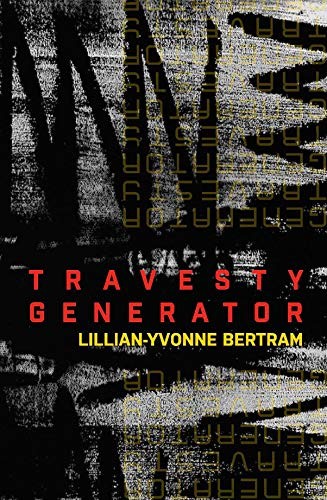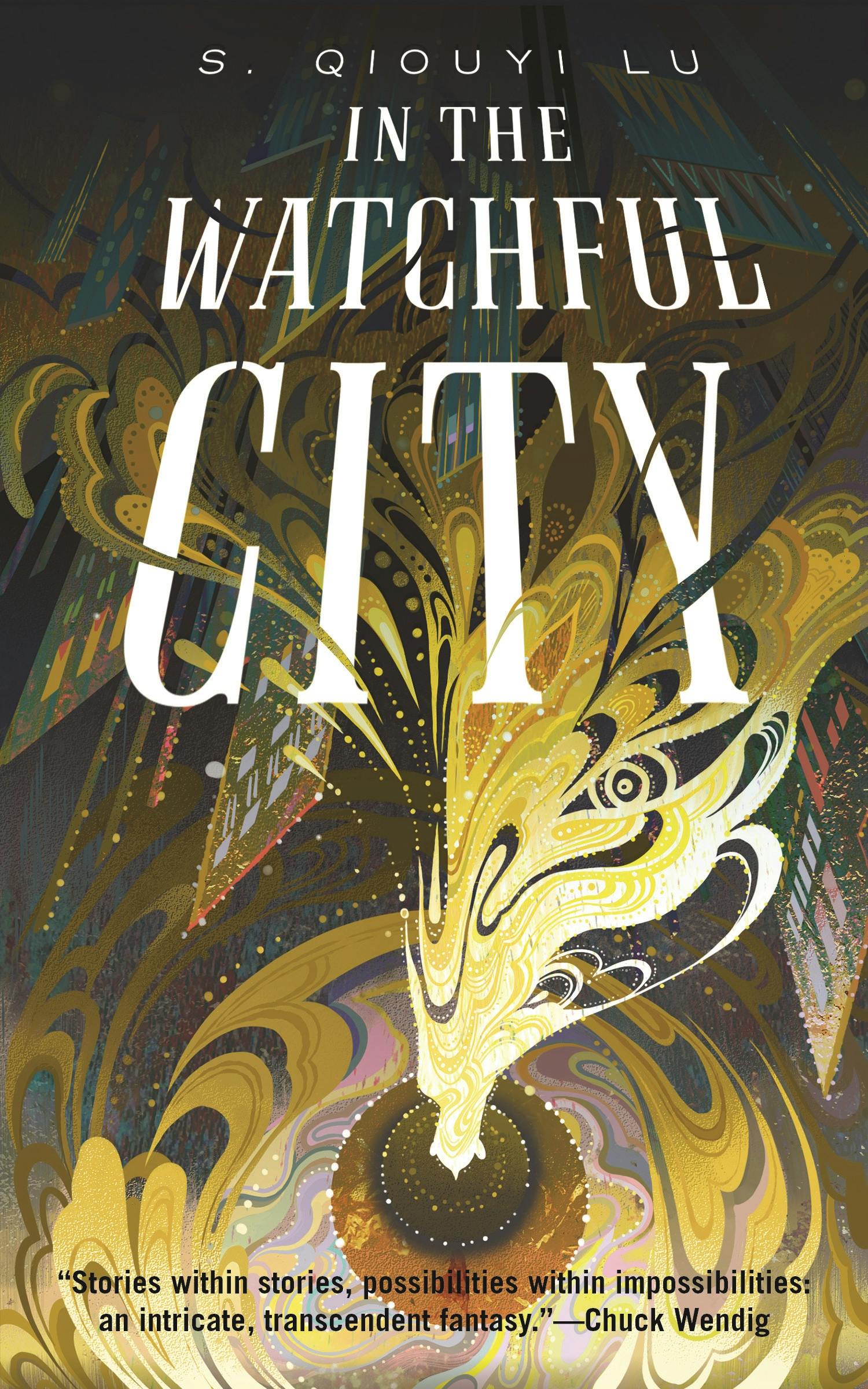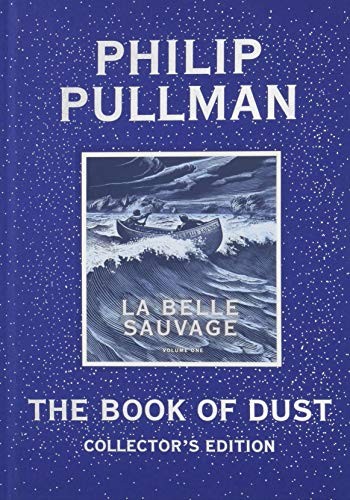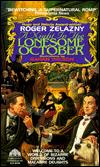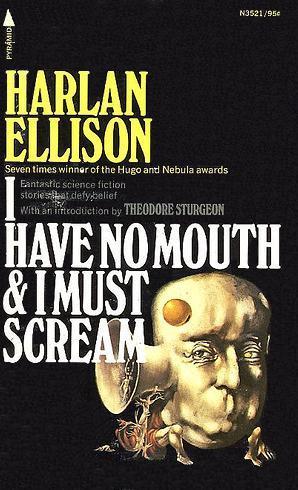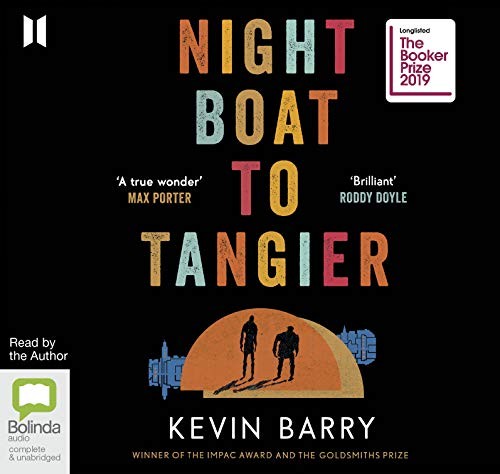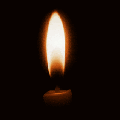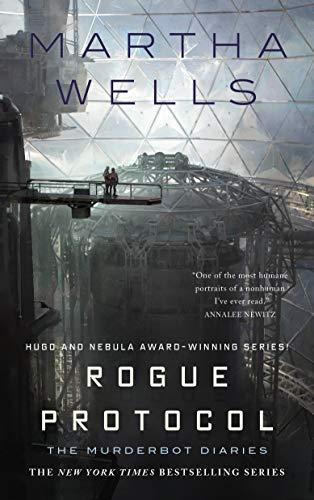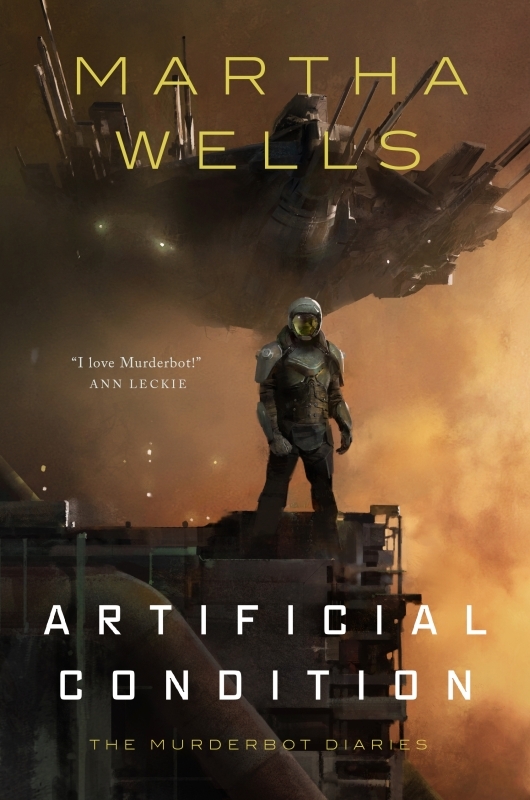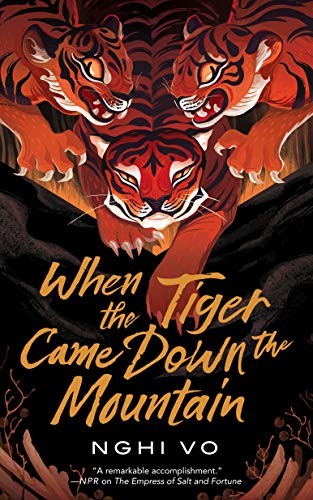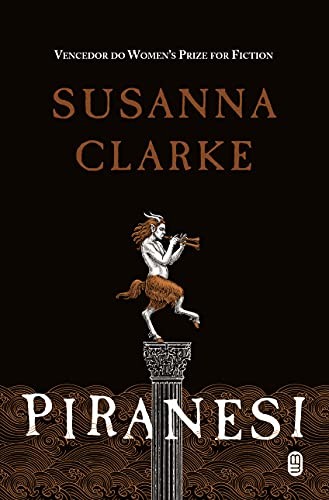4thace reviewed Rogue Protocol by Martha Wells (The Murderbot Diaries, #3)
The action was more intricately choreographed
4 stars
The main trouble I had with this novella was visualizing the locations the action took place within at the failed terraforming operation where it was set. There was a transport shuttle, the station, the terraforming facility with a tractor array and some number of pods connected by transport tubes, a zipper spacecraft, and maybe I didn't catch along the way. Murderbot does not give a detailed description of these places (which would be unnatural), except when the precise layout would affect the action or decisions being made. So, with a fairly large cast of humans and robots it was tough keeping straight who was doing what where. Following the dialogue, both spoken and transmitted wirelessly on feed channels, was a little easier, though fairly intricate owing to various falsehoods and acts of double dealing. It felt more like the second book as a whole than the first one partly because …
The main trouble I had with this novella was visualizing the locations the action took place within at the failed terraforming operation where it was set. There was a transport shuttle, the station, the terraforming facility with a tractor array and some number of pods connected by transport tubes, a zipper spacecraft, and maybe I didn't catch along the way. Murderbot does not give a detailed description of these places (which would be unnatural), except when the precise layout would affect the action or decisions being made. So, with a fairly large cast of humans and robots it was tough keeping straight who was doing what where. Following the dialogue, both spoken and transmitted wirelessly on feed channels, was a little easier, though fairly intricate owing to various falsehoods and acts of double dealing. It felt more like the second book as a whole than the first one partly because of the number of things the reader needed to juggle mentally. I think it would benefit from a second read-through.
The best part was the Murderbot viewpoint character who was required to meter out information and to take action with limited knowledge about the trustworthiness of the others it was thrown together with. It was clear what the motivations it had going in (to gather information on the corporation established as the antagonist in the first book, to keep secret how it was a SecUnit with a disabled governor module) but slower to establish those of the other players. There were bursts of action interspersed with the tension, which I liked. The ending delivered a couple of emotional hits to close things out quickly.
We got to see some other autonomous constructs in the fictional universe and to understand their capabilities and limitations. There was no one quite like Murderbot among them, but there would be quick flashes of this or that trait it would recognize it had in common, which I think helped cement the reader's identification with the character. The SecUnit wasn't the biggest, baddest fighter on the scene this time which forced it to use other talents to make up for physical shortcomings in a matchup.
The recorded entertainment channels Murderbot hoards played a less prominent role in the course of this tale but did peek forth a few times to good effect. There wa reference to lingering legal and moral issues left over from previous installments and I thought this lent a feeling of authenticity to the world. Less time was spent speculating about just what made Murderbot unique but you did get reminders that this whole issue was still out there, potentially able to cause grief later.
